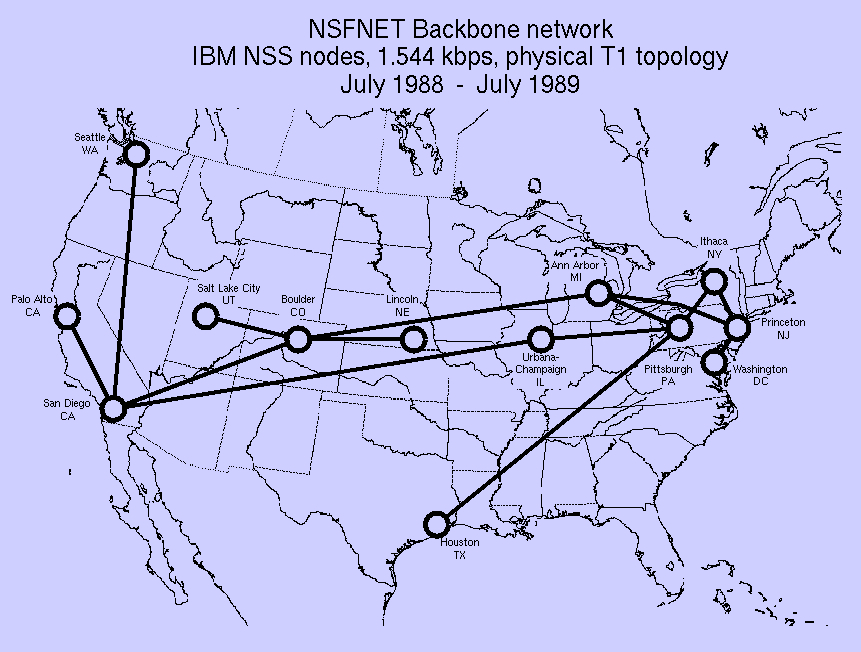Level3 is without peer, now what to do?

There’s a peering crisis apparently happening right now among American Internet Service Providers (ISPs) and backbone providers according to a blog post this week from backbone company Level3 that I am sure many of you have read. The gist of it is that six major ISPs of the 51 that peer with Level3 have maxed-out their interconnections and are refusing to do the hardware upgrades required to support the current level of traffic. The result is that packets are being dropped, porn videos are stuttering, and customers are being ill-served. I know exactly what’s going on here and also how to fix it, pronto.
The problem is real and Level3′s explanation is pretty much on target. It’s about money and American business, because this is a peculiarly American problem. Five of the six unnamed ISPs are American and -- given that Level3 also said they are the ones that typically get the lowest scores for customer service (no surprise there, eh?) we can guess at least some of the names. According to the American Customer Satisfaction Index’s 2013 report (the latest available with a new one due any day now) the worst ISPs in America are -- from worst to less bad but still lousy -- Comcast, Time Warner Cable, CenturyLink, Charter Communications, AT&T U-verse, Cox Communications, and Verizon FiOS. That’s seven companies and since Level3 says only five are creating this peering problem then two in there are off-the-hook but still not the best at what they do.
The idea here is pretty clear: these five ISPs want to be paid extra for doing the job they are already being paid for. Extra ports are required to handle the current level of traffic and these companies are assuming that when the pain becomes great enough -- that’s our pain, by the way -- Level3 or some Level3 customer like Netflix will pay the extra money to make the problem go away.
This ties into the current Net Neutrality debate and the new FCC rules that Chairman Tom Wheeler says he’ll be offering-up later this month that will both keep the playing field level while somehow allowing for a version of fast lane service. I already have doubts about Chairman Wheeler’s proposed rules.
Let’s understand something: Internet service is an extremely profitable business for the companies that provide it. Most on this notorious list are cable TV companies and generally they break even on TV and make their profit on the Internet because it costs so little to provide once the basic cable plant is built. So what these five are saying, if Level3 is on the level, is that the huge profits they are already making on Internet service just aren’t quite huge enough.
I’d call this greedy except that Gordon Gecko taught us that greed is good, remember, so it must be something other than greedy.
It’s insulting.
So here is my solution to the problem. I suggest we look back to the origin of peering, which took place in the dim recesses of Internet history circa 1987. Back then the Internet was owned and run by the National Science Foundation and was called NSFnet. Lots of backbone providers served NSFnet and also built parallel private backbones that were generally built from T1 (now called DS1) connections running at 1.5 megabits-per-second. Most backbone links today are 10 gigabits-per-second and there are often many running in parallel to handle the traffic. Back in the NSFnet days peering was done at a dozen or so designated phone company exchange points in places like Palo Alto and San Diego where backbone companies would string extra Ethernet cables around the data centers connecting one backbone with another. That’s what peering meant -- 10 meters or less of cable linking one rack to another. Peering was cheap to do.
Peering also made for shorter routes with fewer hops and a generally lower load for both backbones involved, so it saved money. Nobody paid anybody for the service because it was assumed to be symmetrical: as many bits were going in one direction as in the other so any transaction fees would be a wash. Most peering remains free today with Level3 claiming that only three of its 51 peers are paying (or are being paid, it isn’t clear which from the post).
The offending ISPs are leaning on the idea that with Content Distribution Networks for video from Netflix, YouTube, Amazon, and Hulu, the traffic is no longer symmetrical. They claim to be getting more bits than they are giving and that, they say, is wrong.
Except it’s actually right (not wrong) because those bits are only coming because customers of the ISPs -- you and me, the folks who have already paid for every one of those bits -- are the ones who want them. The bits aren’t being forced on the ISPs by Netflix or Level3, they are being demanded from Netflix and Level3 by we, the paying customers of these ISPs.
The solution to this problem is simple: peering at the original NSFnet exchange points should be forever free and if one participant starts to consistently clip data and doesn’t do anything about it, they should be thrown out of the exchange point.
Understand that where there were maybe a dozen exchange points 25 years ago, there are thousands today, but if a major ISP or backbone provider doesn’t have a presence at the big old exchange points -- that original dozen -- well they simply can’t claim to be in the Internet business.
These companies are attempting to extort more millions from us just to provide the service we have already paid for.
I say throw the bums out.